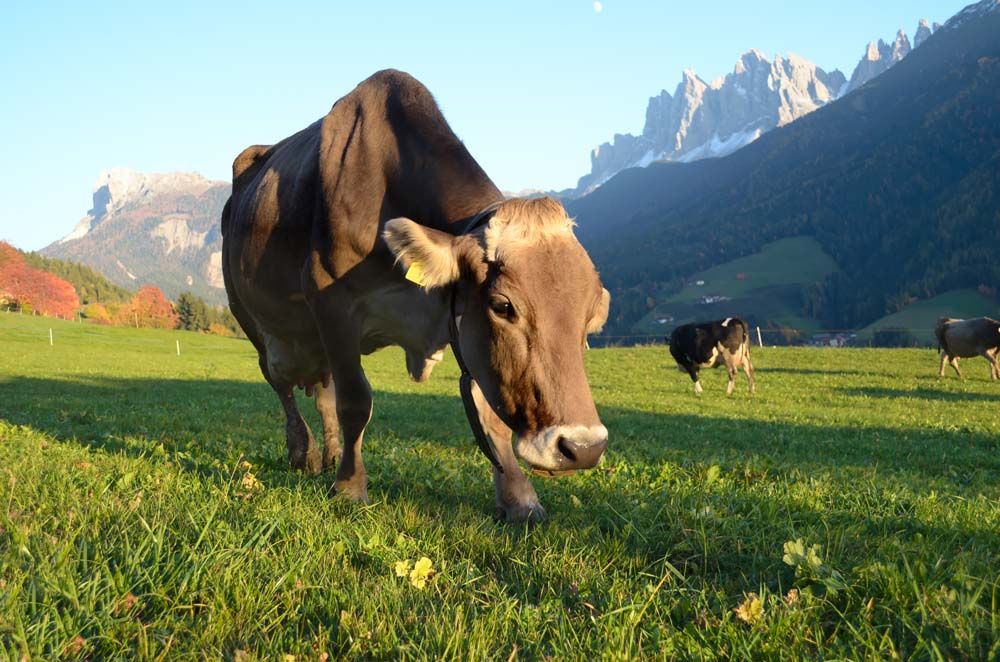Whooooooo’s Talking?


Identifying sounds on the farm: are they comforting or curious?
Rural lifestyle often provides an opportunity to get up close to wildlife of all kinds—large and small mammals, amphibians, reptiles, and all sorts of birds. Field guides can help identify mysterious creatures by sight in the wild, but sometimes you can only hear a bird or animal, making field guides less-than-helpful.

Here are a few suggestions for identifying the wildlife when you can only hear them
1. Try a reference site or app
With just a quick tap on an app-based site, you’ll hear a quality recording of the bird or critter in question. A feature like this could help you determine if that was a gang of coyotes (yip yipp-ee!) or a small pack of wolves (yooooowwwwl) you heard last night.
Organizations like the Cornell Lab of Ornithology or National Audubon Society offer bird song samples, while the U.S. National Park Service features many mammal, amphibian, and insect noises.
2. Make a recording
If you have enough time and the bird or animal repeats its call, it might be helpful to make an audio recording for later playback. There are plenty of phone apps out there to make decent sound recordings, and you can increase the quality even more with a dedicated wildlife microphone.

3. Know your location
A field guide will help you determine if the species you suspect from the sound is even present in your location, easily ruling out false leads. The range maps found in your guide often supply year-round, migratory, and breeding areas that will help you out.
4. Track it down
If the sounds and calls you’re hearing aren’t enough for a solid identification, look down for tracks. Muddy or snowy locations often preserve tracks in enough detail for you to make a solid identification with the help of an ID book or smartphone (take photos, too!). Likewise, scat trails can be helpful in identifying mammals in particular.
5. Try a trail camera

Battery powered trail cameras that automatically take a picture when they sense movement can easily help you zero in on the types of animals in your area. Place cameras in areas that you suspect to feature high wildlife traffic, then head back home to wait for the results. Some trail cameras even deliver the images to your phone wirelessly.
Tags:Country Critters

Acreage Life is part of the Catalyst Communications Network publication family.
















